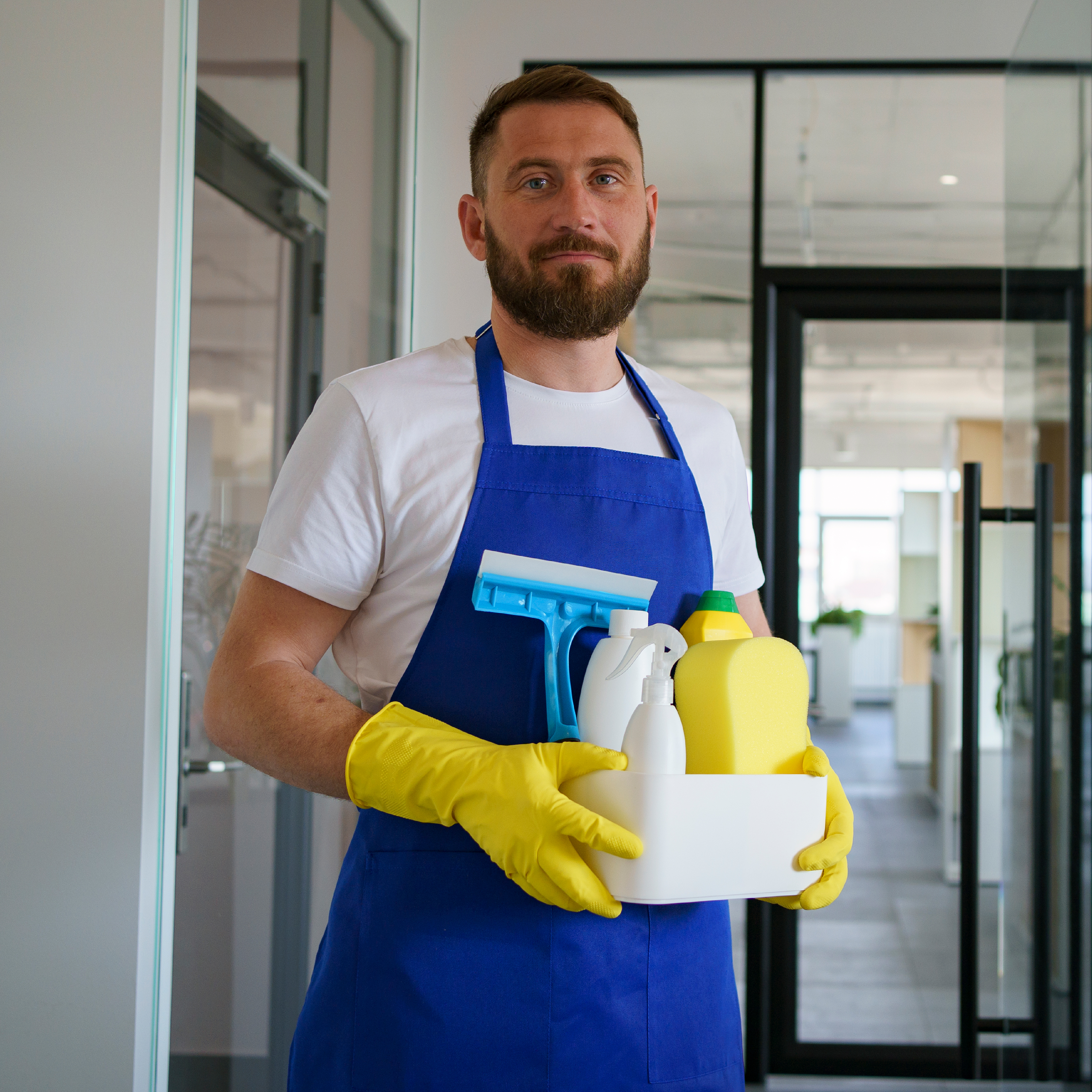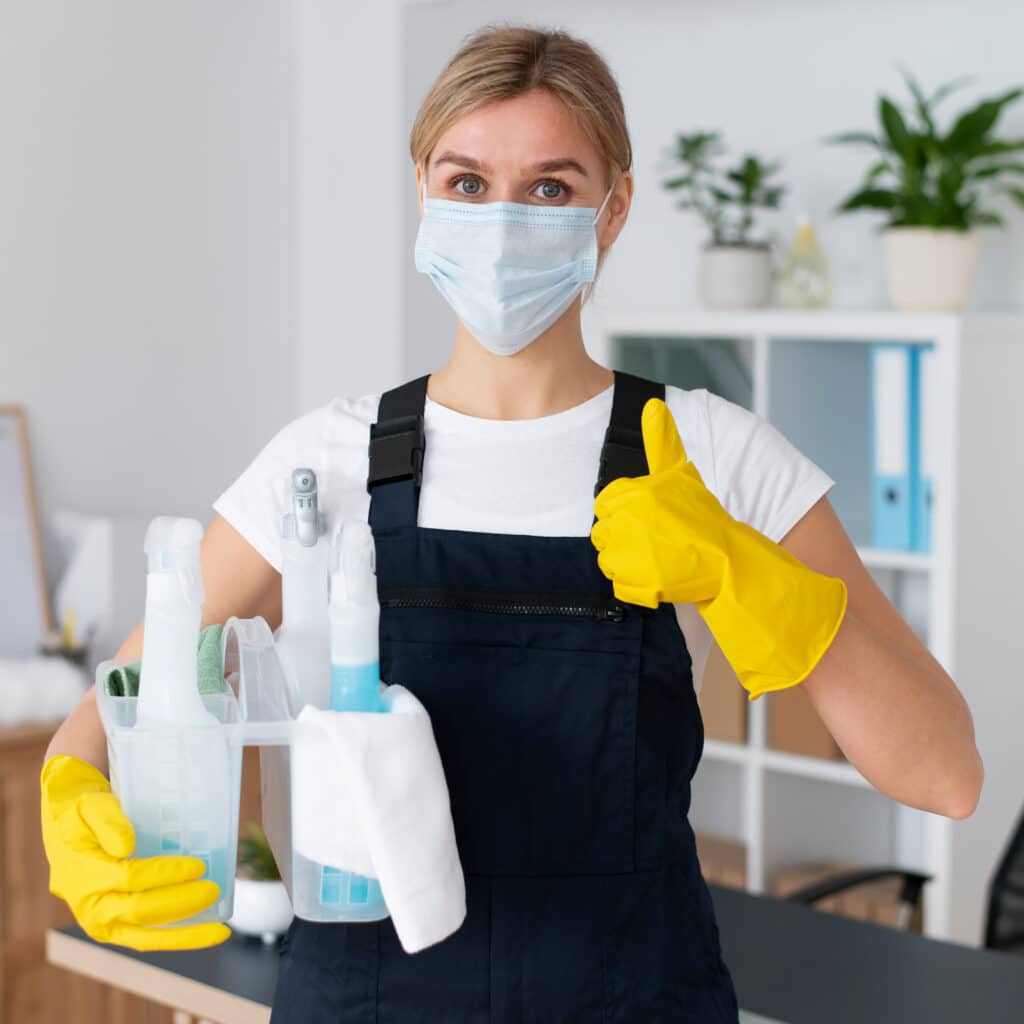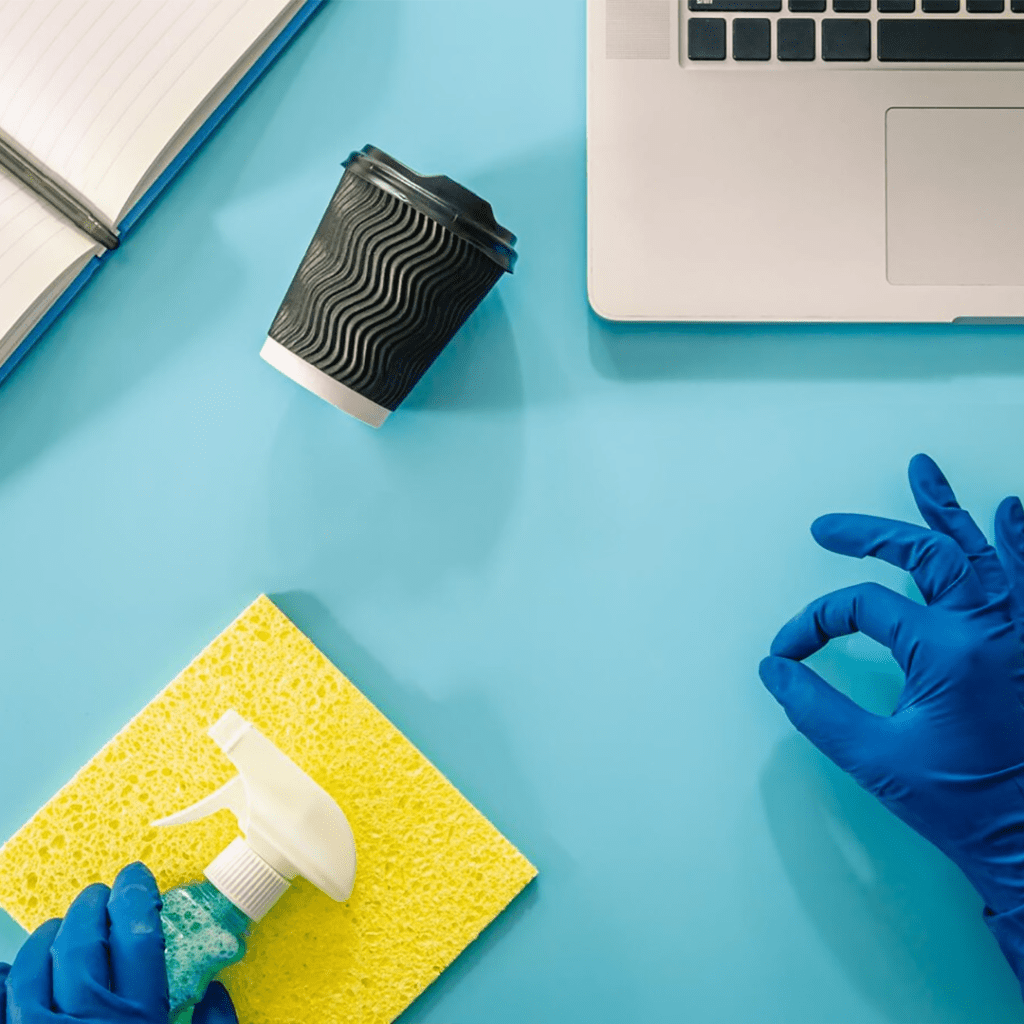The Science of Cleaning: Unraveling the Chemistry of Spotless Homes

It’s easy to underestimate the bottle of all-purpose cleaner we casually spray onto surfaces, assuming that the efficacy of such products comes without complex considerations. However, the truth is far more fascinating. The secret to the effectiveness of cleaning agents, whether they’re removing grime, killing bacteria, or ensuring a streak-free shine, lies in the intricate world of chemical interactions.
A Dive Into The Basics
Every cleaning solution, even those that label themselves as ‘natural’ or ‘organic’, are a complex cocktail of chemicals. These chemicals are meticulously chosen, not just for their individual properties, but for how they interact with each other and the surfaces they’re intended for.
Water, while being the most benign component, acts as the solvent in which other chemicals dissolve. It’s also responsible for softening dirt and grime, making it easier for detergents to break them down.
Detergents, on the other hand, contain hydrophobic (water-repelling) and hydrophilic (water-attracting) ends. This duality allows them to surround oil and grease particles, breaking them down and making it possible for water to wash them away.
Balancing Acidity and Alkalinity: The pH Scale’s Role
The pH scale is a fundamental concept in chemistry that measures the acidity or alkalinity of a solution. In cleaning, understanding a product’s pH can mean the difference between a sparkling surface and one that’s damaged.
Most cleaning products lean either acidic, like vinegar, or alkaline, like baking soda. Acidic solutions are excellent for dissolving mineral deposits and tarnish, while alkaline solutions are better at tackling fats, oils, and protein-based grime.
A report from the Cleaning Institute noted that an understanding of the pH scale is critical, especially for professionals who deal with a variety of surfaces. Marble surfaces, for instance, can be etched by acidic cleaners, while wooden surfaces can be dulled by highly alkaline ones.
Dangerous Combos: When Chemicals Shouldn’t Mix
Misunderstanding chemical interactions isn’t just ineffective; it can be downright dangerous. Here are a few combinations every professional should be wary of:
-
Bleach and Ammonia: These common cleaners, when combined, produce toxic chloramine vapors which can be harmful if inhaled.
-
Bleach and Vinegar: This combination results in chlorine gas, exposure to which can cause burning and respiratory problems.
-
Hydrogen Peroxide and Vinegar: Often thought to be a powerful cleaning duo, when combined in one container, they produce peracetic acid, which can irritate the skin, eyes, and respiratory system.
Cleaners and The Environment: The Bigger Picture
With an increasing focus on eco-friendly solutions, the cleaning industry has been under scrutiny for the environmental impact of its products. Phosphates in detergents, for instance, can cause algal blooms in waterways, which deplete oxygen and harm aquatic life.
Moreover, a study by the Environmental Working Group noted that certain cleaning agents could contribute to indoor air pollution, causing allergic reactions or exacerbating asthma.
Understanding these impacts makes it imperative for professionals to select products wisely, not just for their immediate efficacy, but for their long-term impact on the environment and indoor air quality.
Harnessing the Power of Enzymatic Cleaners
A promising shift in the world of cleaning is the increasing use of enzymatic cleaners. These eco-friendly alternatives deploy bacteria that produce enzymes to break down organic matter. From pet stains to mold, these cleaners offer an effective and sustainable solution, with the added benefit of being biodegradable.
A case study from a Toronto-based cleaning company highlighted how transitioning to enzymatic cleaners not only enhanced cleaning results but significantly reduced callbacks related to allergenic reactions, proving their worth in real-world applications.
Deep within every spritz, scrub, and wipe, there’s a world of chemical reactions at play. For housecleaning professionals, understanding this science is not just a matter of delivering results but ensuring safety, sustainability, and customer satisfaction. As science progresses, so does the potential for cleaning, making it an exciting field that’s both intricate and immensely rewarding.




Responses